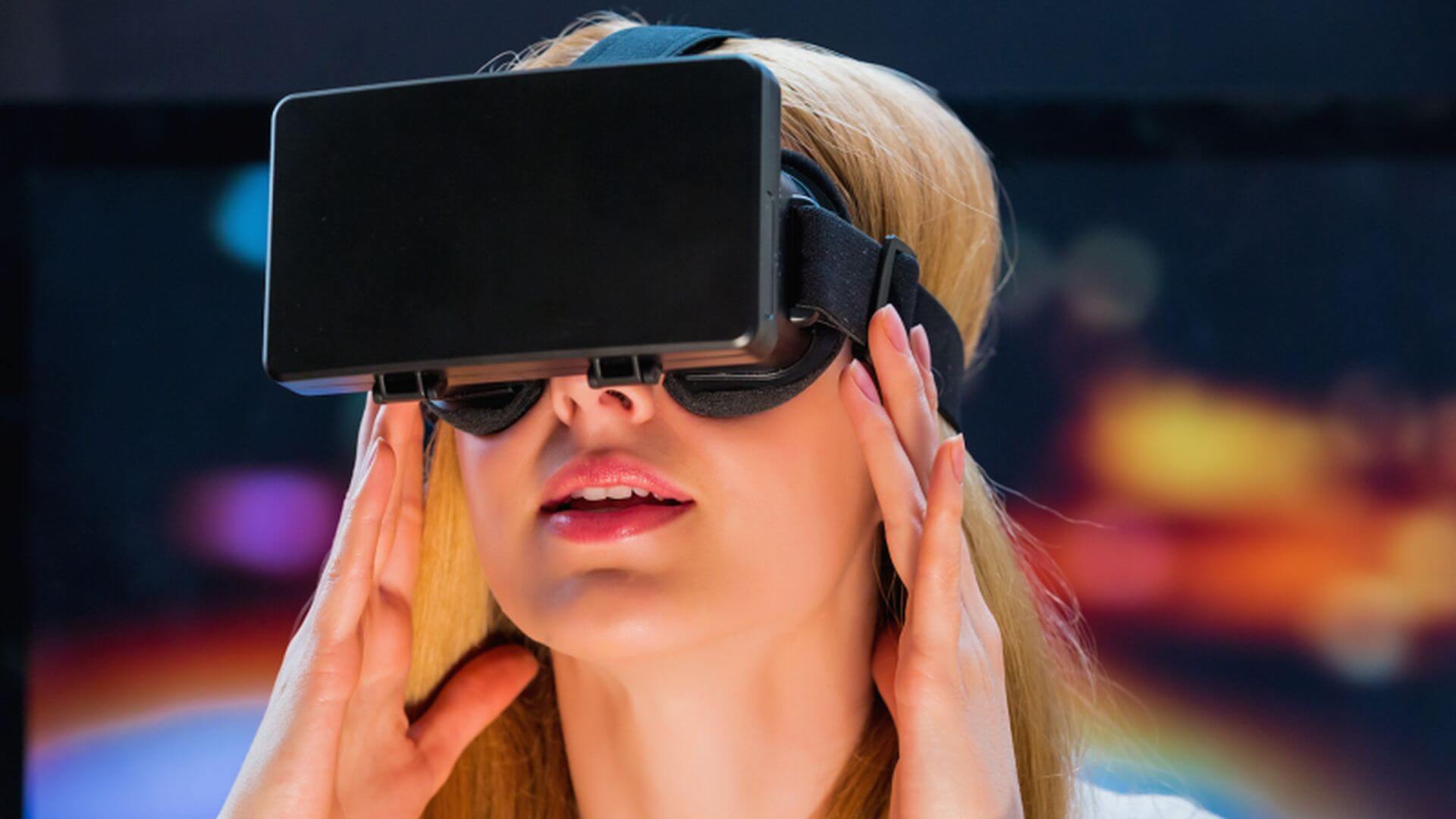Study: Ads in VR see higher recall, more memorable than conventional digital ads
74 percent in survey said VR ads less intrusive than other digital ad types.
YuMe, together with Isobar and others, have released study results that highlight the promise of advertising in virtual reality (VR).
The research, which involved just under 60 VR gamers, measured and compared three different ad formats: static banner ads, pre-roll video and 3D branded objects. Participants were surveyed but also subjected to biometric measurement with a focus on determining ad recall and ad decay during a 24-hour period after exposure. The ads were presented in the context of a VR trivia game show.
As the graphic below indicates, the results were highly favorable and showed strong brand recall:
- 74 percent of respondents reported virtual ads were less intrusive than normal digital ads.
- 70 percent reported same-day aided recall.
- 26 percent reported seeing a brand in a virtual world is more memorable than digital video ads.
- Of the three tested formats, recall was greatest for pre-roll video.
In an August 2016 study of 811 US adults, YuMe also found consumers had generally favorable attitudes toward brand advertising in a VR context. The more recent study findings suggest that VR gaming is going to be a fertile environment for sponsorships, product placement and other kinds of advertising. Arguably, they can be generalized beyond gaming as well.
However, the YuMe study’s favorable ROI findings can be partly attributed to the medium’s novelty. Mobile advertising also enjoyed higher recall rates in its early days. That’s not to discount the potential for ads in VR environments.
The larger question is whether there’s going to be meaningful audience reach outside games for VR. According to a June 2017 survey by GlobalWebIndex, 5 percent of internet users in North America own a VR headset. That was the highest penetration of any of the regions surveyed. If accurate, that 5 percent represents nearly 13 million people, a sizable number but far from critical mass.
The 2016 YuMe study found perceived high cost was the biggest barrier to VR adoption. However, Google, Facebook and others are pushing down the cost of VR headsets to $199 and below.
That should remove price as an obstacle for many people. Accordingly, the next 12 to 24 months will give us a clearer indication of whether VR is going to gain momentum and evolve into a mass medium for digital marketers.
Opinions expressed in this article are those of the guest author and not necessarily MarTech. Staff authors are listed here.
Related stories

